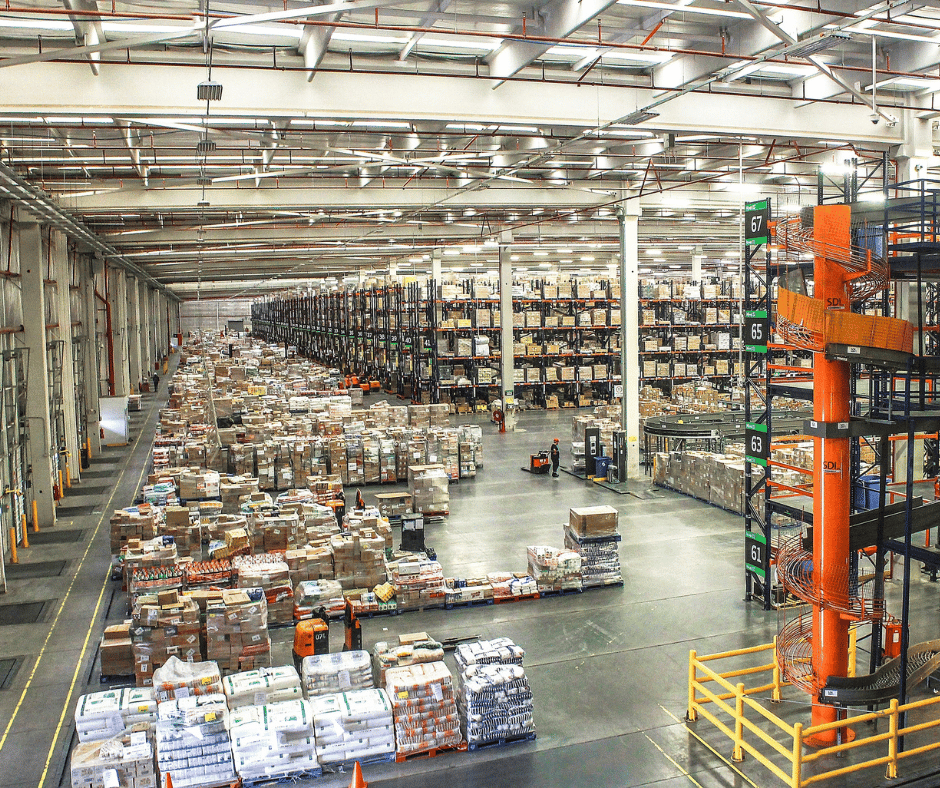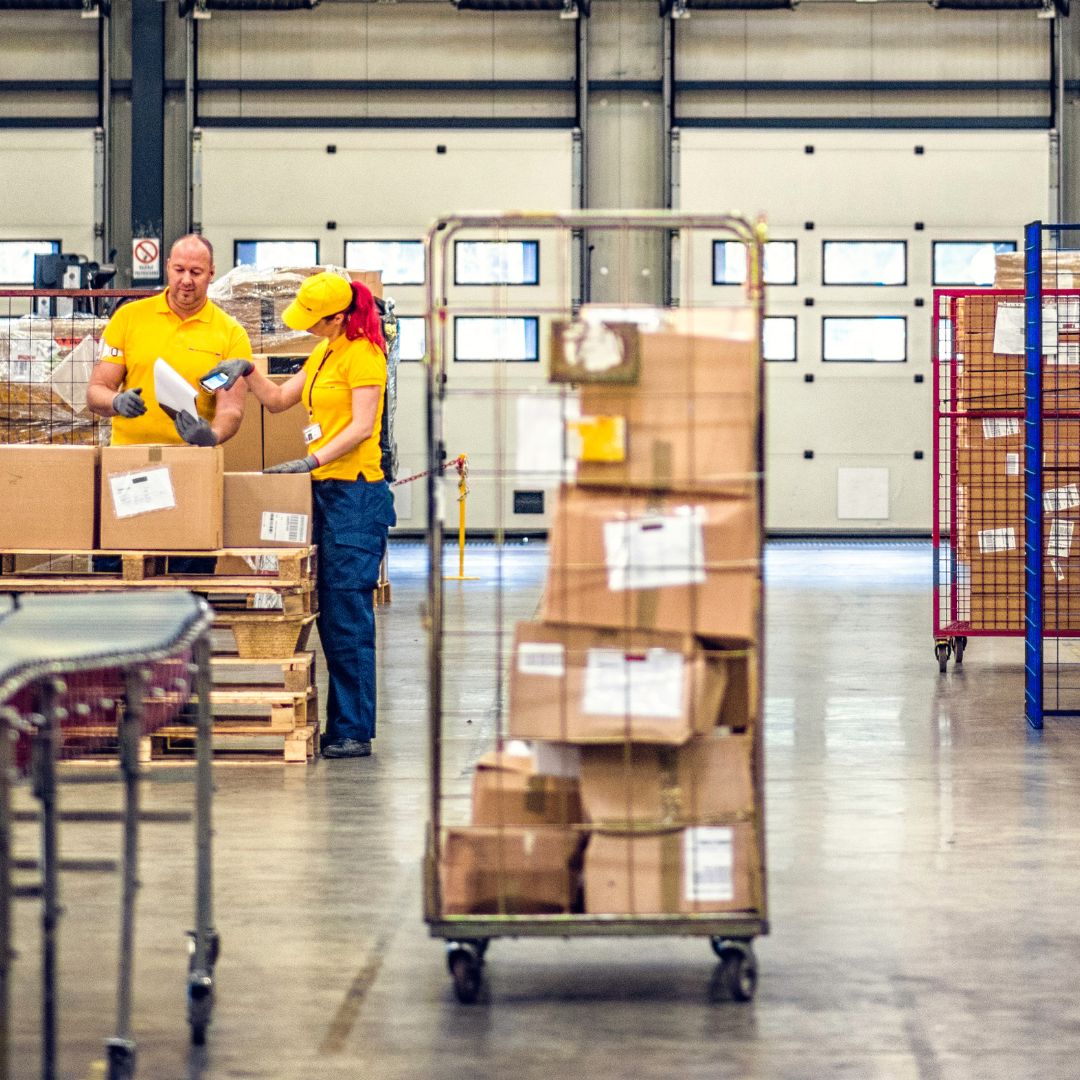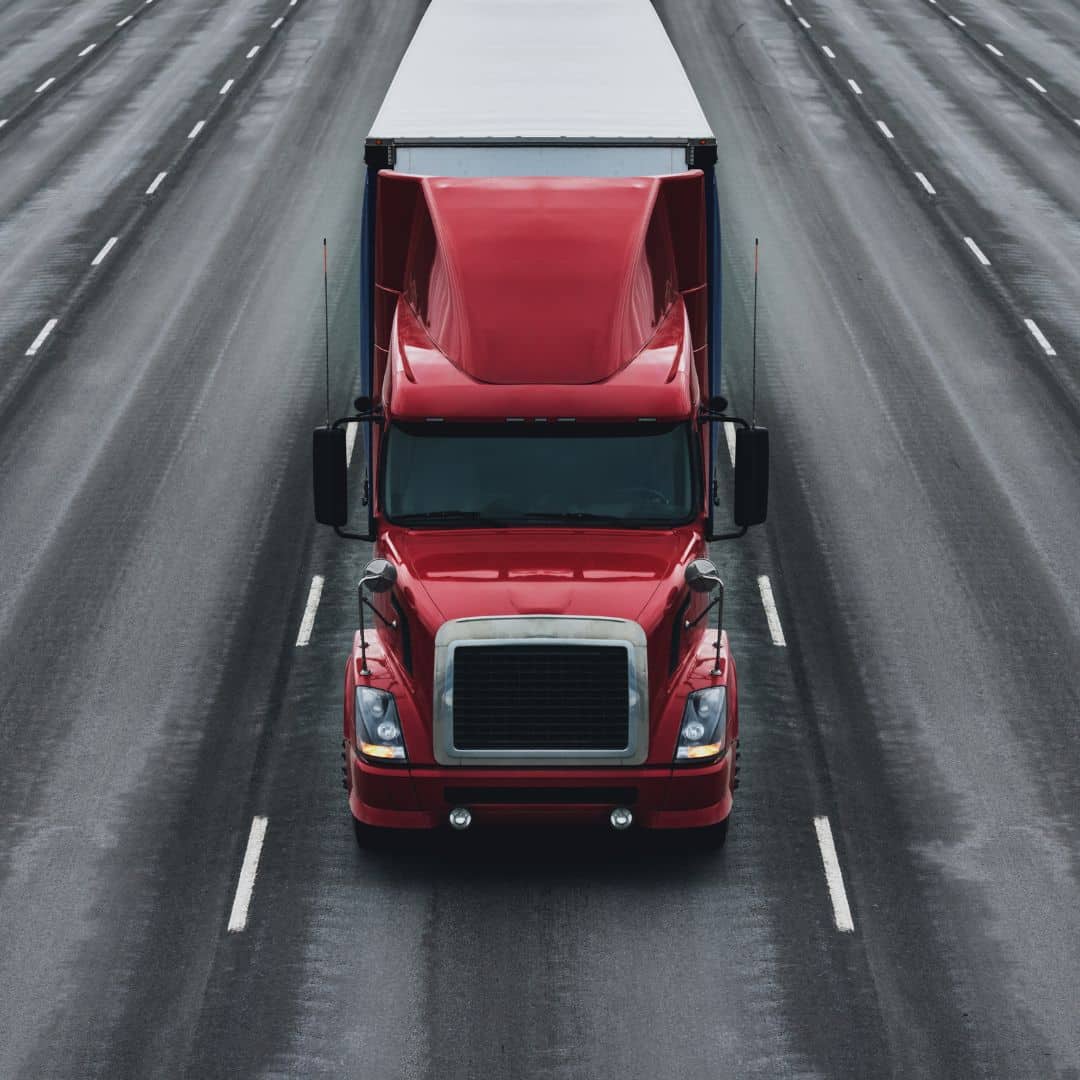What’s the difference between cross-docking and warehousing? Read on to learn more!
The Difference Between Cross-Docking and Warehousing
The goals of any shipping relationship are simple: get a product from your business to a customer with minimal damage, cost, and time.
But, many small businesses do not understand the difference between cross-docking services, warehousing, and shipping.
While traditional warehousing systems require that a distributor has stocks of products on hand to ship to your customers, a cross-docking system focuses on using the best technology and business systems to create a JIT (just-in-time) shipping process.
REQUEST A QUOTE TODAY!
The Benefits of Cross-Docking Warehouses
In a system with incoming trucking docks and outgoing trucking docks, a cross-docking warehouse may move products directly from receivables to outgoing shipping without long-term storage. As you will see below, there are many benefits that a 3PL team using cross-docking can offer your business.
- Reduces costs
- One shipping relationship
- Decreased risk to product
- Clear uptime
- Decreased shipping time
Cross-Docking Reduces Costs
Inventory storage takes up square footage in warehouses. Every time you are storing inventory long-term, you are renting that square footage from your logistics partner. Although there are times when this is an absolute necessity (in the interest of timeliness, large inventory manufacturing runs, anticipated demand spikes, etc.), often these costs can be avoided through shipping items right when it is ordered and using cross-docking to get them to its destination as fast as possible.
Build One Shipping Relationship
Many businesses work out shipping relationships with a trucking or logistics partner, but also use a parcel delivery system for their on-demand business. Through cross-docking, your business reduces the need for multiple business relationships and the high costs incurred by smaller shipping systems. You should do your warehousing and expedited shipping with the same team.
Decrease Risk to Product
Although it may seem counter-intuitive because of its increased speed, cross-docking reduces the risk of damage your product faces in the shipping process. Risk is always increased whenever humans are involved, and cross-docking cuts out at least two steps involving opportunity for operator errors: moving product into storage and out of storage. Because the product moves in an orderly fashion from incoming trucks directly to outgoing trucks, it passes through a minimal number of hands.
Clear Uptime
So many shipping processes take up time. Preparing materials for shipping, packaging materials, delivering materials to the shipping agency, waiting for the delivery to happen, and following up with customers are all steps that require time and attention. Cross-docking, when added with other services in a modern shipping business like packaging and re-packaging, warehousing, pick-up, and delivery, removes all the stress and time issues from your business so you can focus on your core competencies.
Decrease Shipping Time
Of course, the greatest benefit to your supply chain offered by cross-docking is the decreased time it takes to ship items. As soon as an item is ordered, you ship it. It reaches the warehouse, is moved swiftly and safely from one truck to another, and is shipped to your customer.
While cross-docking provides many benefits, each benefit is increased when a logistics partnership includes full-service shipping and handling. From warehousing to packaging, from cross-docking to shuttle services, a great logistics partnership provides all these benefits and more.
Trust CWI for Your Cross-Docking Needs
Perhaps it is time to think about a dedicated logistics partner, if your business shipping needs do not currently reduce costs, reduce shipping times, clear up your office schedule, decrease risks to your product, provide for on-demand shipping, and integrate services.




